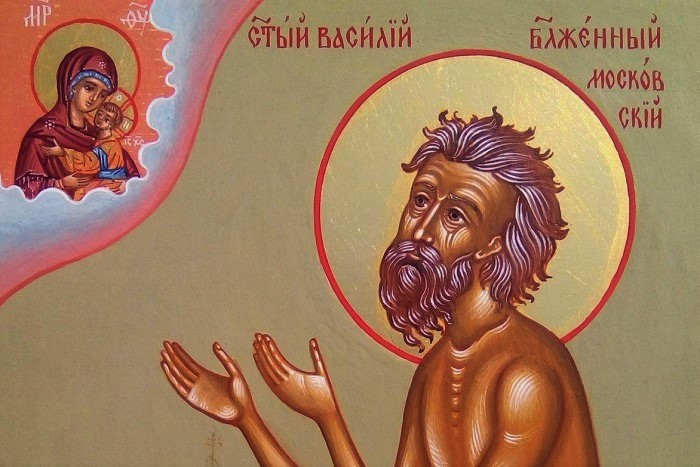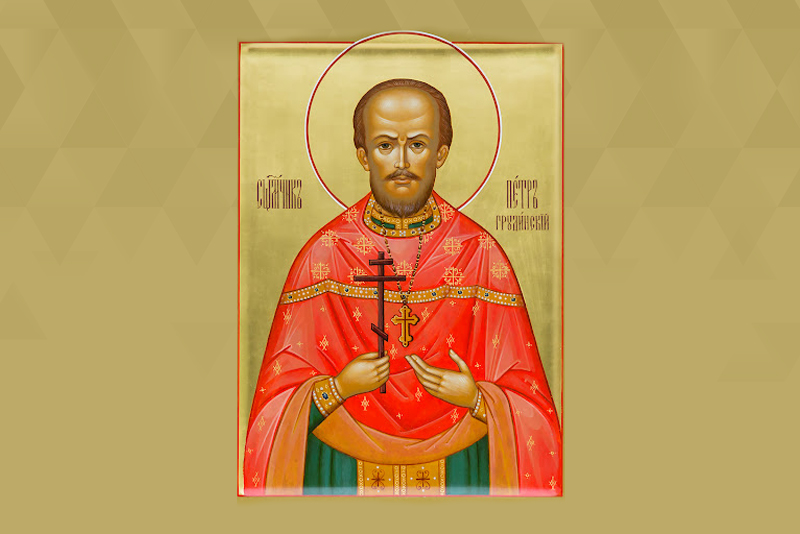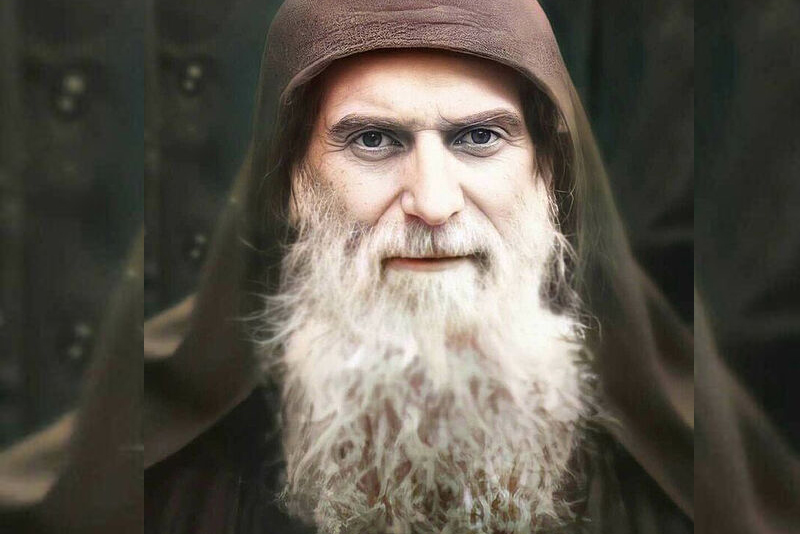
Blessed Basil the Fool-for-Christ is one of the most well-known fools-for-Christ from Moscow. Russians have always venerated fools-for-Christ – those who rejected outward decorum and pretended to be insane so as to hide their abilities and virtues, and condemned the world for lack of the said virtues. They were entitled to judge the world because of their spiritual prowess and pure heart.
Saint Basil the Blessed Fool, the Wonderworker of Moscow, used to throw stones at wonderworking icons and argue with Ivan the Terrible, condemning him of shedding innocent blood. The tsar listened to him patiently and didn’t allow anyone to touch the blessed fool-for-Christ.
One day, when Ivan the Terrible invited the saint to his palace for a talk, Saint Basil was offered a cup of wine but he poured the wine out three times. The tsar was angry but Basil told him that it was his way of extinguishing the fire of Novgorod. Soon, the king’s messengers confirmed St. Basil’s words. Residents of Novgorod told them that they had seen a naked man with a bucket of water during the fire. The man was pouring water on the fire and made it go away at last. St. Basil’s miraculous extinguishing of the terrible Moscow Fire of 1547 is also well-known.
Blessed Basil was born in the second half of the 15th century in Yelokhovo, a village near Moscow (now it’s part of Moscow where Yelokhovsky Cathedral stands) in the parish of Our Lady of Vladimir Church (now St. Nicetas Church on Staraya Basmannaya).
He worked as a shoemaker when he was young. Some time later, a weird man appeared on the banks of the Moskva River. He was going around naked throughout the year and doing strange things. He would turn over a table with kalatches or spill a jug of kvass. The furious merchants would give the fool-for-Christ a thrashing, while he was happy to accept it with gratitude to God. Later, it would come to light that the kalatches and the kvass were no longer safe to eat. The veneration of Blessed Basil was growing exponentially. People recognized him as a true fool-for-Christ, a man of God who rebuked all untruth.
Saint Basil the Blessed reposed in the Lord on August 2 (O.S.), 1552.

He was buried by Metropolitan Macarius of Moscow. The saint’s relics were initially placed in the Holy Trinity Church on the Moat. Chronicles contain numerous accounts of miracles that happened by the relics of Saint Basil in the reign of Feodor Ioannovich, Ivan the Terrible’s son.
The Cathedral of the Protection of the Most Holy Theotokos on the Moat was constructed in the 1560s on the place where the Holy Trinity Church had stood. One of its aisles was erected over St. Basil’s tomb. Since that time, the Cathedral became popularly known as St. Basil’s Cathedral.
In spite of its monumental architecture, it has little space and is not quite suitable for everyday church worship. According to chronicles, church services in the cathedral have always been infrequent. However, when Archpriest John (Vostorgov), the future new martyr and confessor, was appointed the rector of this cathedral in 1913, “there were so many attendees and so much religious fervor in the Cathedral thanks to his ministry and missionary zeal that the Cathedral took up the first place in the whole diocese… by number of sold candles.” Archpriest John was shot in 1918. The Cathedral was handed over to the Renovationists in the early 1920s, and then closed and turned into a museum in 1929. The Cathedral was under the threat of being demolished more than once but thanks to the efforts of Piotr Baranovsky, a renowned restorer, the Cathedral was left intact. Nevertheless, Mr. Baranovsky had to serve several years in a prison camp for his courage.
A previously unheard-of system that allowed the architects to construct an immensely complex edifice without plans was discovered in the Cathedral during restoration in the late 1940s-early 1950s. All the walls of the Cathedral were studded with wooden planks that served as a three-dimensional blueprint of sorts. These relatively thin planks joined vertically and horizontally were used by the architects to determine the shapes of the prospective building, as well as the sizes and precise locations of all its decorative and functional elements, before making them in bricks and mortar.
The first Liturgy in a long time was celebrated in St. Basil’s Cathedral on Easter of 1992. Since that day, the Liturgy has been celebrated weekly on Sundays in the St. Basil’s Aisle, followed by the Akathist to St. Basil by his relics.




Where can I find an English copy of the Akathist to St. Basil? He is my patron saint.
Dear Chris, there is a prayer to St. Basil “O great Saint of Christ, true friend and faithful servant of the Lord God and Creator of All, Basil the most blessed! Hearken unto us of many sins, who now cry out to thee and call upon thy holy name; have mercy on us, who fall down today before thy holy image, and accept this our meager and unworthy prayer; take pity on our lack, and by thy prayers heal every ill and infirmity of our sinful souls and bodies, and grant us to run the course of this life unharmed by enemies visible and invisible, and without sin, and to attain unto a Christian end without shame, in peace, untroubled, and to obtain the Kingdom of Heaven together with all the Saints, unto ages of ages. Amen.” As for the Akathist, unfortunately there is no English translation yet on the Internet.